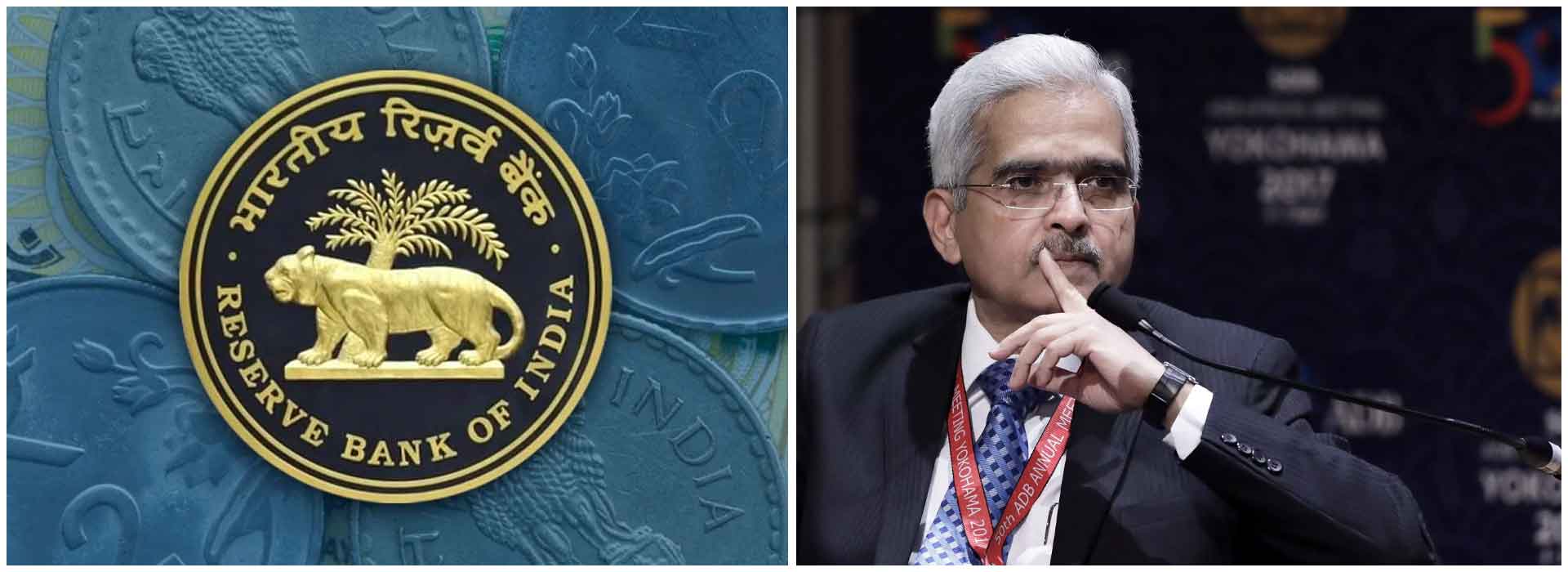RBI's latest policy meeting maintains 6.5% repo rate, shifts from previous stance to neutral

The Reserve Bank of India (RBI), in its latest policy meeting, has decided to maintain the repo rate at 6.5%, signaling a shift from its earlier stance.
This move is significant as the RBI has now adopted a neutral outlook compared to its previous stance. In this article, we will explore the implications of this decision, what it means for the Indian economy, and how it impacts borrowers and investors.
Understanding the Repo Rate
To begin with, let’s understand what the repo rate is. Simply put, the repo rate is the interest rate at which the RBI lends money to commercial banks. It is an important tool used by the central bank to control inflation and stabilize the economy.
When the RBI increases the repo rate, borrowing becomes more expensive for banks, which in turn, raises interest rates for consumers. Conversely, when the repo rate is lowered, borrowing becomes cheaper, stimulating spending and investment.

RBI’s Shift to a Neutral Stance
Previously, the RBI had maintained a hawkish stance, meaning it was more inclined to increase interest rates to combat inflation. However, in the latest meeting, the central bank has shifted to a neutral stance.
This shift indicates that the RBI is now open to either raising or lowering the repo rate in the future, depending on economic conditions.
Why did the RBI make this shift? Several factors likely contributed to this decision. First, inflation levels in India have been fluctuating but remain within the target range set by the RBI. This gives the central bank some room to be flexible in its approach.
Additionally, global economic uncertainties and fluctuations in crude oil prices have created a complex environment, and the RBI’s neutral stance allows it to respond to these changes more effectively.
Impact on Borrowers and Investors
For borrowers, the RBI’s decision to maintain the repo rate at 6.5% means that there won’t be an immediate change in loan interest rates. However, with a neutral stance, there is a possibility that interest rates could either rise or fall in the coming months, depending on economic trends.
For those planning to take loans or currently servicing loans, it’s important to stay informed about these potential changes.
Investors, on the other hand, might view the RBI’s decision as a sign of stability. With no immediate hike or cut in rates, there’s less uncertainty in the short term. This could be reassuring for those investing in government bonds or fixed-income securities.
However, the neutral stance also suggests that the RBI is prepared to act if inflation rises unexpectedly, which could lead to changes in investment returns.
What’s Next for the Indian Economy?
The RBI’s neutral stance provides a wait-and-see approach, which seems prudent given the current economic conditions. Inflation, while under control for now, could become a concern if global oil prices spike or if there are disruptions in supply chains.
The central bank will likely monitor these factors closely before making any further adjustments to the repo rate.

Additionally, the Indian economy is currently in a phase of gradual recovery post-pandemic. Growth rates are positive, but challenges remain, such as managing fiscal deficits and ensuring job creation.
By maintaining a neutral stance, the RBI retains the flexibility needed to support growth while being prepared to tackle inflation if it becomes an issue.
Conclusion
In summary, the RBI’s decision to maintain the repo rate at 6.5% and shift to a neutral stance is a balanced approach given the current economic landscape. It shows that the central bank is taking into account multiple factors such as inflation, global economic conditions, and domestic growth prospects.
For borrowers and investors, this decision means stability in the short term, but it’s important to stay alert for any changes as the RBI continues to monitor the situation. By adopting a neutral stance, the RBI has positioned itself to respond more effectively to future challenges, ensuring that the Indian economy remains on a stable path.
Read More on Flypped News
- RBI cuts repo rate to 6.25% in 2025 MPC meeting: Key takeaways
- Sanjay Malhotra appointed as new RBI Governor, succeeding Shaktikanta Das
- Vad van Port project launched by PM Modi as Constitution Bench highlights importance of fairness in arbitration
- ISRO: Chandrayaan-2, Aditya-L1, solar flares & aurora - what’s next?
- Paytm CEO Vijay Shekhar Sharma engages with FM and RBI officials over regulatory concerns
- Why did RBI approve transfer of emergency funds to government?
Click to read the full article





